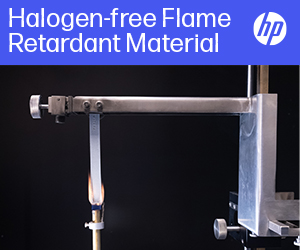It is ironic that something designed and made to receive and broadcast information has been so disproportionately talked about in 3D printing as the antenna. There have been millions of 3D printed antenna made. It is one of our biggest success stories in 3D printing, but this application is rarely discussed. 3D printed antenna are a very important part of some countries’ communication, espionage, security and defense tools. In these cases, it probably also makes a lot of sense that there are many whispers but few press releases.
This article as well can just generalize about these applications. Most of the cool stuff in 3D printing we can’t talk about. This has always been the problem but even the publicly released information has not gotten the reception it deserves in this case. You will probably be surprised to learn, for example, that the mobile phone in your hand right now may contain a 3D printed antenna. While I usually try to pour water on hype flames I’m trying now to place one under-sung application in the spotlight.
Lite-On is a large contract manufacturing and engineering organization. For many years, it has used Optomec’s Aerosol Jet systems to 3D print antennas, including those for mobile phones. It is also one of the largest customization cases worldwide, since these antennae are printed differently depending on the region or network. Optomec was able to discuss this case study in 2016 and disclose a white paper in 2017, but...crickets. It also disclosed that the phones, niftily mounted on their purpose-made motion stages (see below), were being made for major brands. Lite-On is a top 200 Apple supplier, by the way.
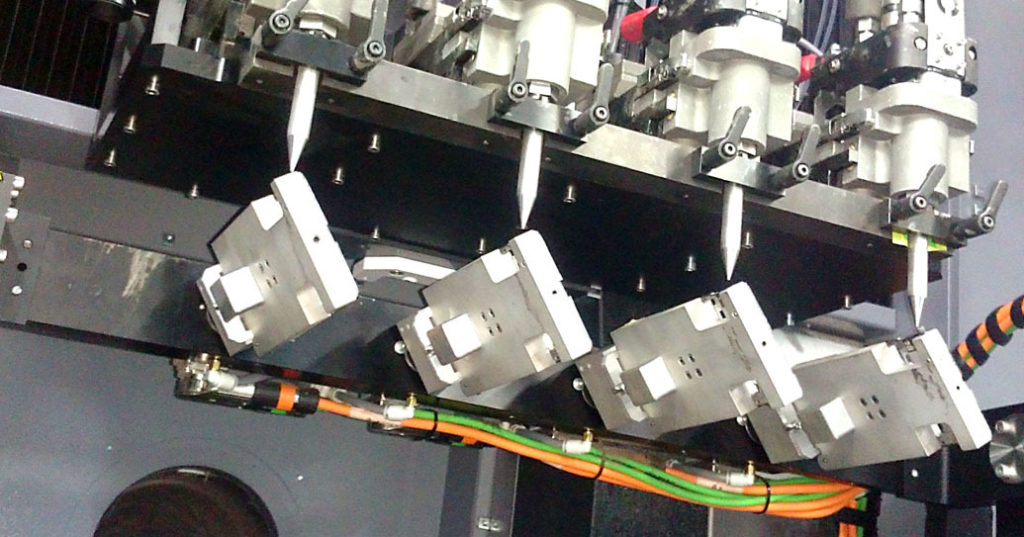
In this kind of a five or six-axis 3D printing and jetting solution, we are printing on a contoured object or are often moving the object while the head remains more or less stationary. In some cases, we could also just be making one layer and then 2D printing on a part on a motion system. The ability for this system to add material to an existing part is key to the success of antenna 3D printing. Optimizing reception; RF signal in that particular part, housing or case; or material usage; or being able to place an antenna in a very specific place and have it also take up less space makes this a very valuable application. It also makes it a solution that slots into the existing supply chain rather than a standalone box with problems that promises magic and lives outside the supply chain.
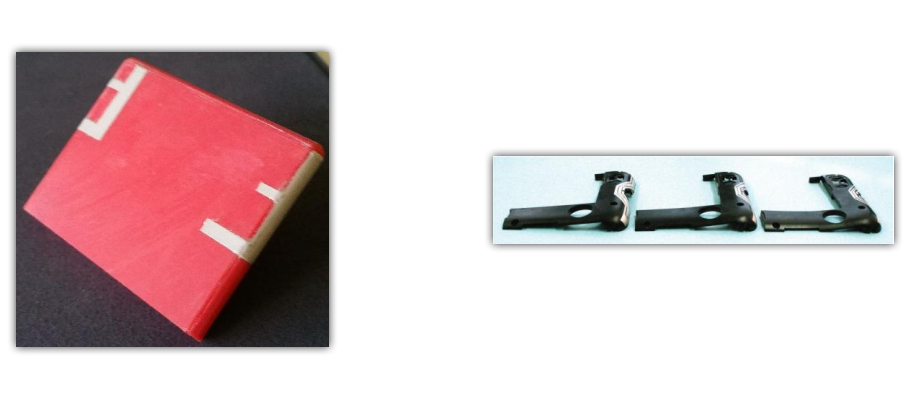
nScrypt’s multihead tool exchanger system can also 3D print electronics and antennas. The above and below nScrypt parts show you examples of antennas printed on mobile phone housings and tablets. nScrypt can do this in several different ways through inkjet, aerosol jet or microdispensing across a range of viscosities, materials, and target materials. The U.S. Air Force uses nScrypt to make tunable radio frequency filters. These let antenna switch between different frequencies if they are jammed or unavailable. This paper delves deeper into comparing 3D printed high-frequency filters with conventional ones. NASA also uses the company for high-temperature traces for use on Venus.

Israeli firm PV Nanocell is working on highly productive applications in circuit printing. The company aims to lower the price of printed circuits, while also performing research into 3D printed LIDAR and RADAR parts, in addition to seeking to power the Internet of Things.
Two U.S. firms worked together to create a radar and antenna array for high altitude long endurance (HALE) drones.
“Optisys created a single array that combines multiple horns, waveguide combiners, mounting structures, and thermal features. The Optisys array reduces the parts required for the aperture by 94% and sufficiently reduces the space and weight required for the radar system to allow the radar to integrate into HALE platforms that were previously unable to carry radar sensors. The low-loss 3D aluminum array also allows for additional reductions in system power requirements to improve mission longevity.”

The front side of Optisys’ Waveguide Antenna.
Another Israeli firm, NanoDimension, is targeting the defense community in part through its Dragonfly system’s ability to print antenna. The company showcased an antenna it made for U.S. (military) communications giant Harris Corp recently. The RF amplifier was found to work well. It’s rare to see a public mention like this of such a part.

Yet another Israeli company, XJet, is now able to 3D print ceramic 5G antennas for connecting our world.
Israeli firm nanofabrica makes teeny tiny metal and ceramic antenna with its Tera 250 system. When I was in Israel, the phone reception was fine, so I have no idea why so many Israeli companies are working on 3D printed antennas—but it’s great to see.

French space agency spin-off Anywaves is also using ceramics 3D printing, but this time for space RF antennas. These are 3D printed using 3DCeram’s technology.
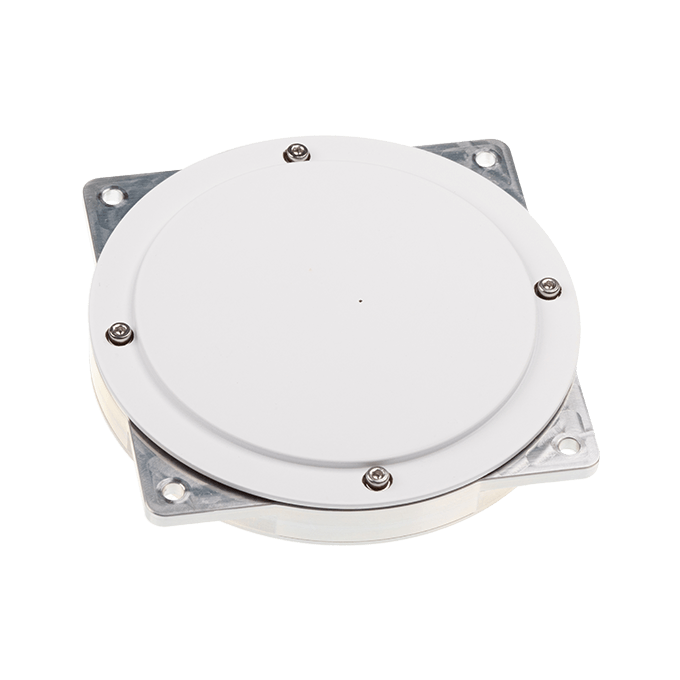
The Anywaves LEO S-Band TT&C antenna
Swiss start up Swissto12, has raised over $18 million to 3D print antenna components for space.
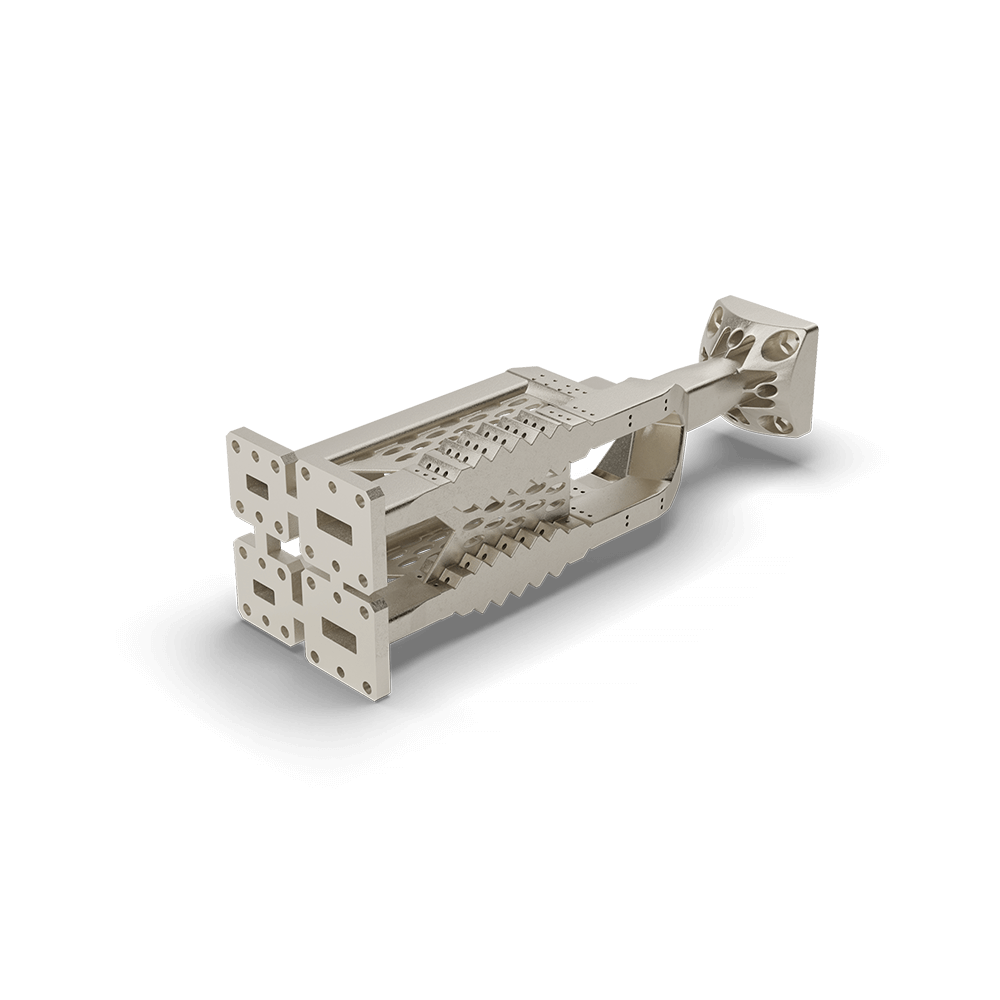
Over the years we’ve covered a lot of stories of Ka, Ku, and many other bands of 3D printed RF and other antennas worldwide. It’s a fast emerging space for communication. It is becoming clear that 3D printed antennas are an excellent way to receive and send data to satellites. With so many new communication possibilities being built, such as Starlink, and with so many possibilities for navigation, internet service, and location services emerging it could be a very exciting field.
Meanwhile with our industry also able to 3D print antennas for millions of mobile phones, this could also be a serious application. But, the one that I am the most excited about is IoT connectivity. In my mind, it is also the least certain. But, if we need to attach sensors, batteries and antennas to many things in order to let them communicate with the world, then the 3D printed antennas could be the device connecting our future.
Subscribe to Our Email Newsletter
Stay up-to-date on all the latest news from the 3D printing industry and receive information and offers from third party vendors.
You May Also Like
3D Printing Predictions for 2025: Industrial Production
The prevalence of 3D printing in manufacturing and industrial component production is steadily increasing. Significant strides are being made in producing end-use parts and advancing into full-scale manufacturing. Industries are...
Backflip Raises $30M for Text-to-3D Print Software
After taking their previous company, Markforged from inception to a SPAC, Greg Mark and David Benhaim are back with their next ambitious venture: Backflip, a startup that aims to advance...
3D Systems Sells Geomagic Software Division to Hexagon AB
Additive manufacturing (AM) stalwart 3D Systems (NYSE: DDD) has announced the sale of its Geomagic assets to Swedish software giant Hexagon AB for $123 million. The deal includes Design X,...
3D Printing Webinar and Event Roundup: December 8, 2024
This week, we’ve got a number of webinars, on topics from 3D printing software and medical applications to printed electronics, PVC for industrial 3D printing, and more. There are also...




















